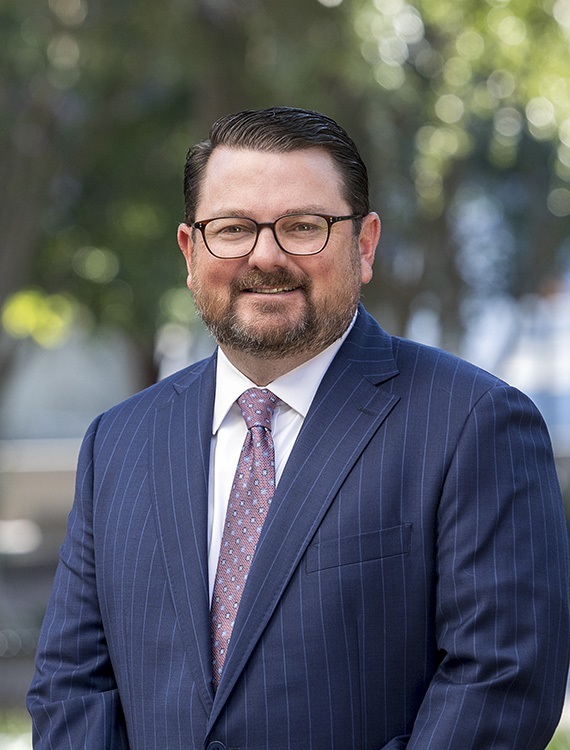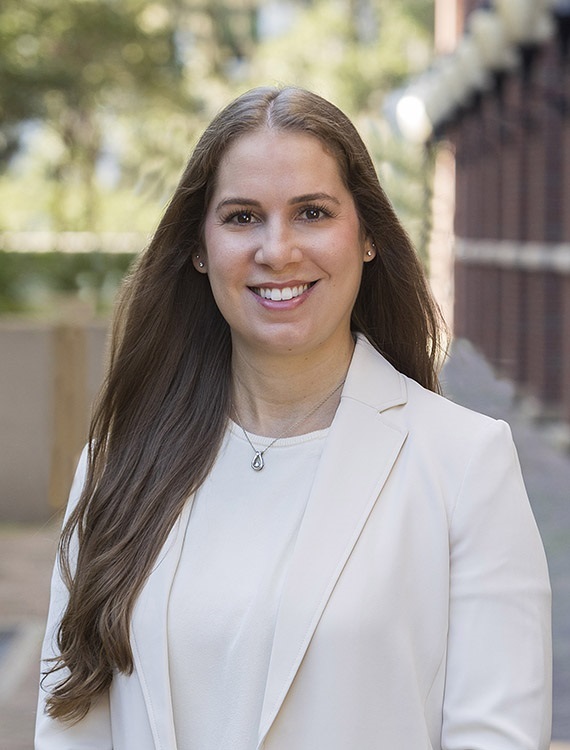FHCF Right-Sizing Debate Results in No Changes

The legislature entered the 2013 session talking about reducing the amount of reimbursement capacity provided by the FHCF. It leaves Tallahassee without changing the limits at all, but not for lack of thorough discussion of the issue.
Lawmakers interested in reducing the state’s assessment exposure urged a reduction in the FHCF to be phased-in over several years, from its current $17 billion down to $14 billion over a three-year period. However, other legislators were concerned that reducing the size of the FHCF would create upward pressure on rates. Even though private reinsurance pricing has soften somewhat this year, there’s no assurance that would be the case over the next several years as the FHCF would be stepping down its coverage.
Other observers took an opposing view of how the FHCF’s capacity should be deployed. Companies writing personal residential insurance in Florida pointed out that the FHCF’s industry aggregate retention goes up each year, effectively causing them to purchase more of their reinsurance in the most expensive layers beneath the FHCF. Some lawmakers therefore proposed to leave the FHCF’s capacity at $17 billion but to rollback its retention to $5 billion from its current level exceeding $7 billion. Insurers supporting this approach make the case that Citizens, and not the FHCF, poses the biggest assessment threat. This threat can be best mitigated not by reducing the size of the FHCF, but by deploying its capacity in a way that encourages admitted market writings.
These competing views played out to a stalemate. The legislature did not shrink the FHCF, and it didn’t roll back the retention either. The end result is that the FHCF will continue to operate under its existing statutory obligations, at least until the issue resurfaces again next year.












